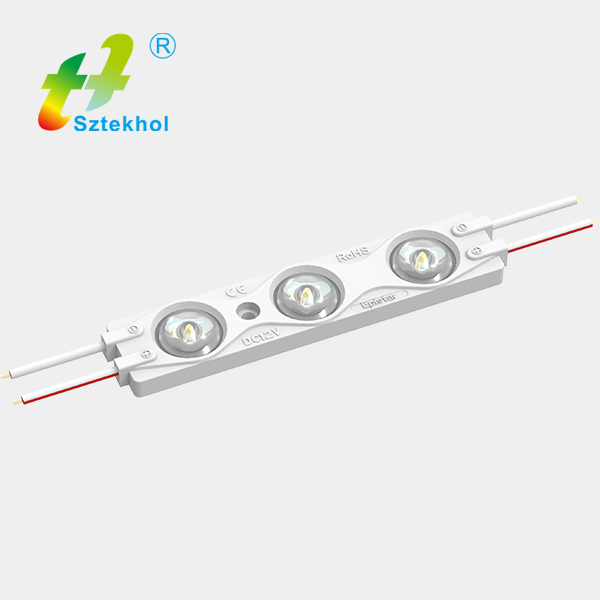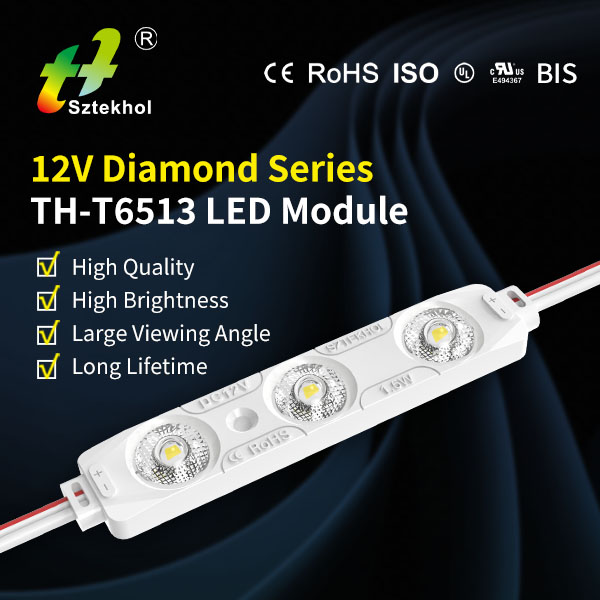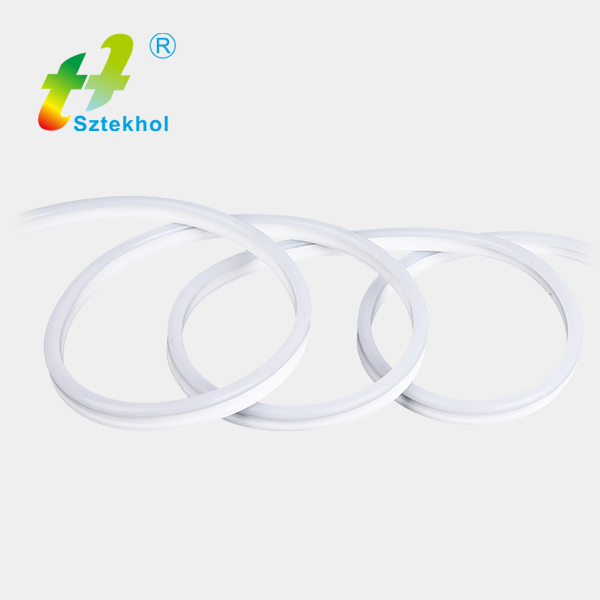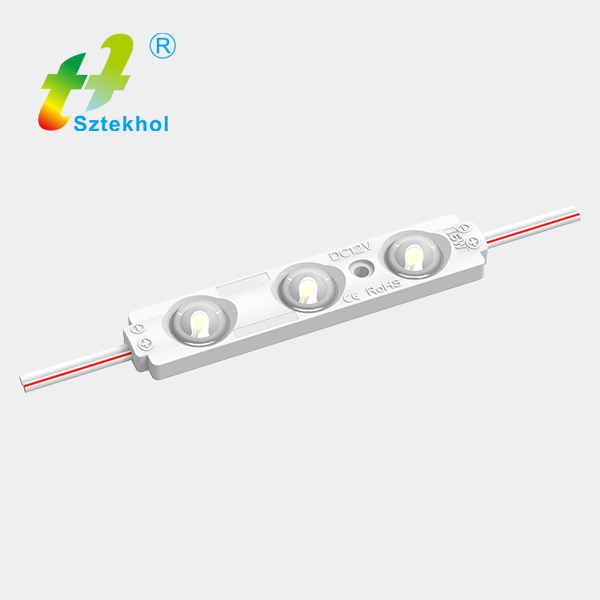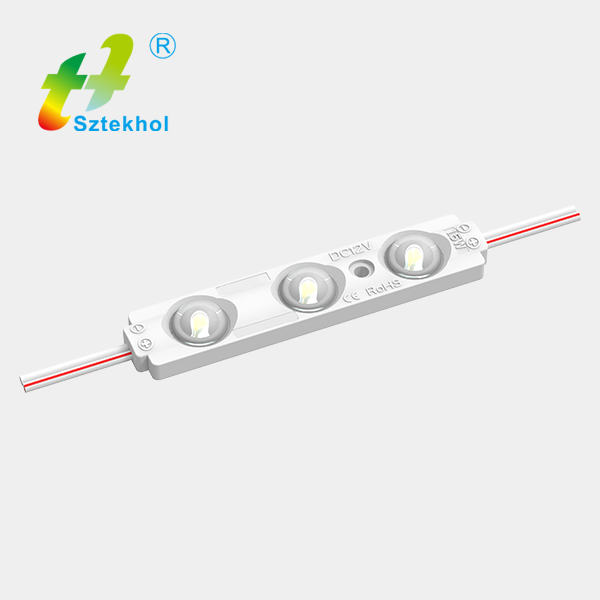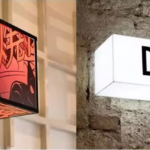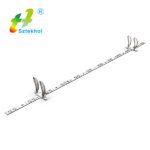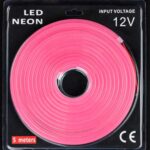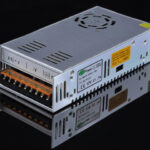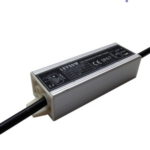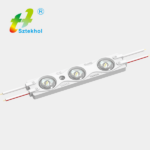How to avoid high temperature operation of LED light strips
Choose a suitable LED light strip:
When purchasing LED light strips, you should choose products with reliable quality and good heat dissipation performance.
Reasonable installation and use:
When installing the LED light strip, ensure that it is in good contact with heat dissipation equipment such as heat sinks or cooling fans.
During use, avoid turning on the high brightness mode for a long time to reduce the heat generated.
Regular inspection and maintenance:
Regularly check the connection and heat dissipation of the LED light strip to ensure its normal operation.
If the LED light strip is found to be overheating or the brightness is reduced, it should be replaced or repaired in time.
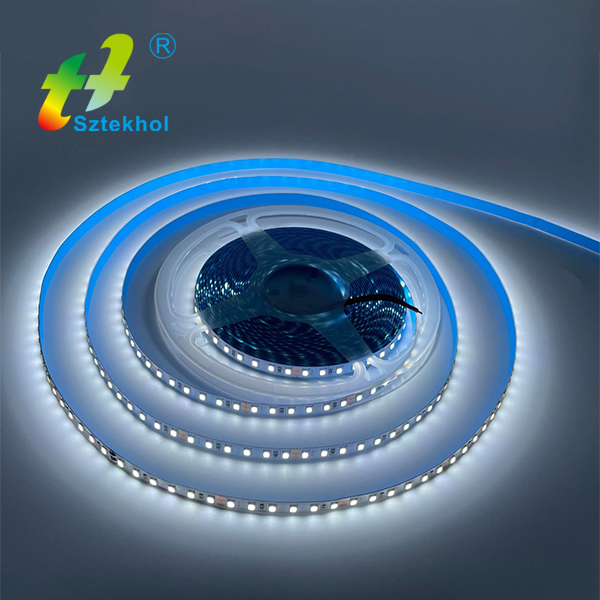
Reasons why the LED light strip cannot withstand high temperature continuously
Limitations of LED chips:
LED chips are prone to thermal decay in high temperature environments, and long-term high temperature conditions may cause the LED chips to burn out.
High temperature will increase the concentration of electrons and holes, reduce the bandgap width, and reduce the electron mobility, thereby reducing the internal quantum efficiency of the LED.
High temperature will also cause the blue light peak of the LED chip to shift to the long-wave direction, causing the emission wavelength of the chip and the excitation wavelength of the phosphor to not match, reducing the external light extraction efficiency of the LED.
Limitations of FPC (flexible circuit board):
When FPC is at high temperature or exceeds its tolerance limit, it will cause its cover film to bubble, which will cause the LED light strip to be scrapped.
The heat resistance of FPC is limited and it cannot withstand high temperatures for a long time.
The impact of high temperature operation of LED light strips
Light decay and shortened life:
High temperature will accelerate the light decay of LED light strips, causing the brightness to gradually decrease until it goes out.
High temperatures will also shorten the overall life of LED strips.
Reduced luminous efficiency:
Rising temperatures will reduce the luminous efficiency of LED strips and affect the lighting effect.
Safety hazards:
Under extreme high temperatures, LED strips may cause safety hazards such as fires.
Therefore, when installing and using LED strips, it is necessary to ensure that the temperature of the surrounding environment is within a safe range.
In summary, LED Strip Lights cannot withstand high temperatures continuously, and high temperatures will damage the LED chips and FPC, which will in turn affect the performance and service life of the LED strips. Therefore, when using LED strips, it is necessary to avoid high temperature environments and take effective heat dissipation measures to ensure the normal operation of the LED strips.


